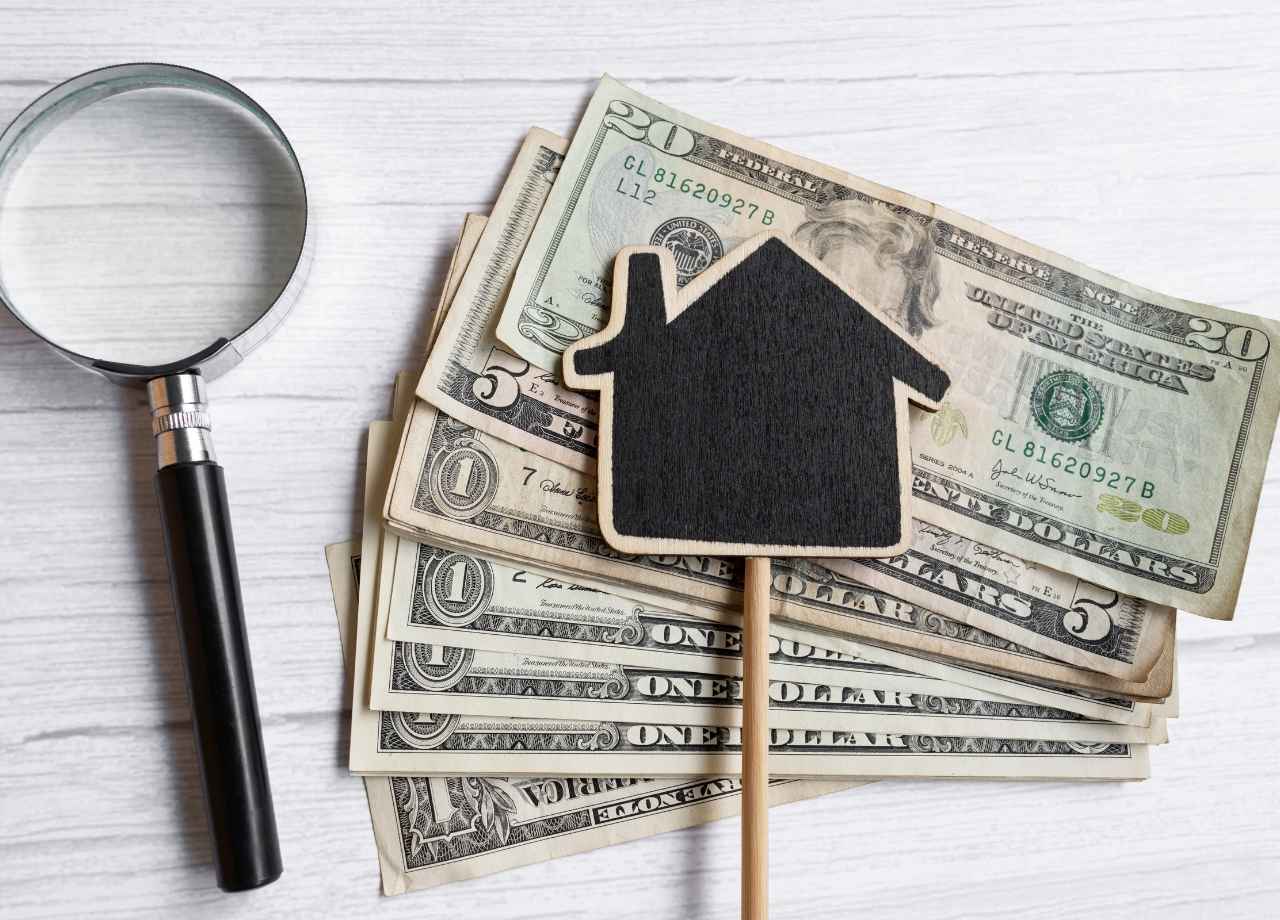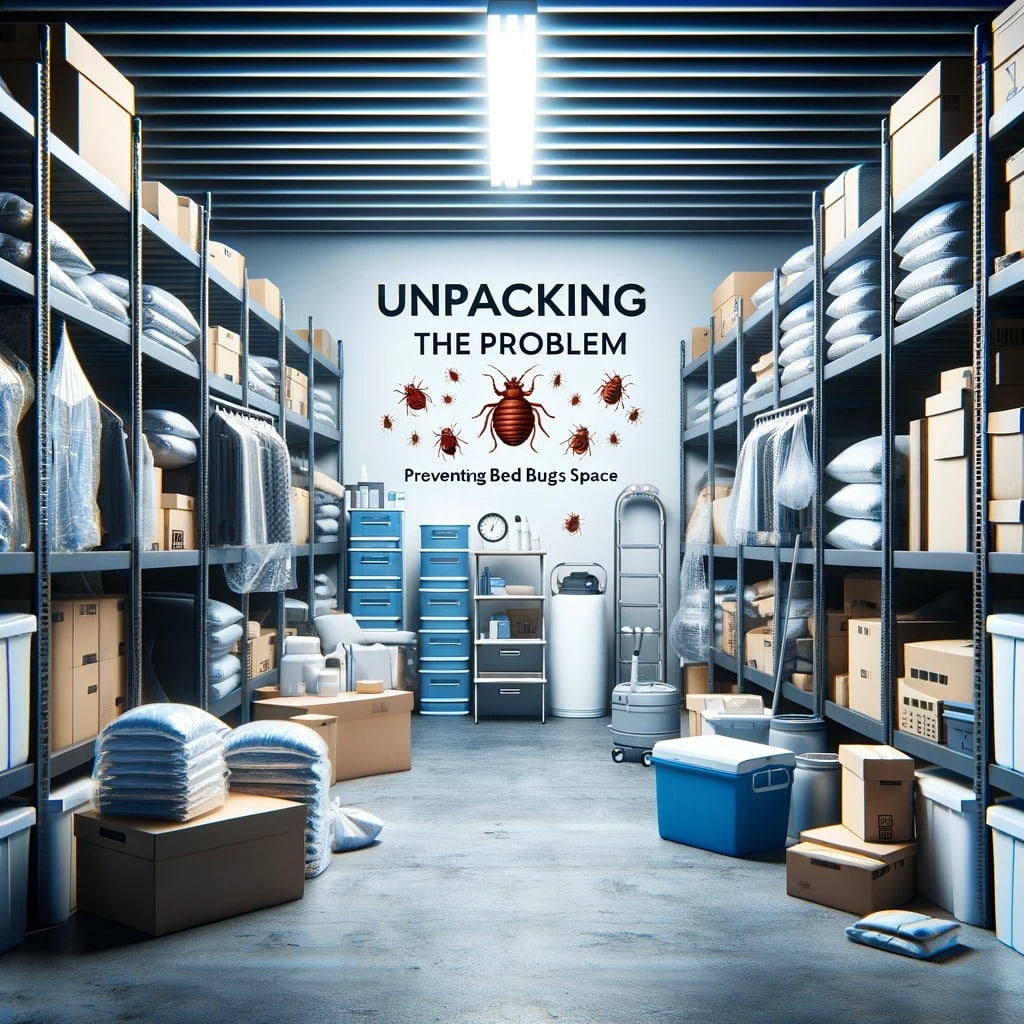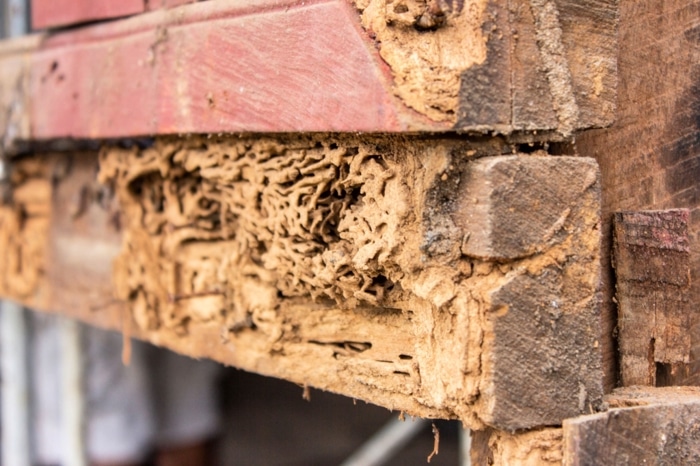Sustainability is more than just a buzzword—it’s a smart way to reduce costs, protect the environment, and improve the comfort of apartment living. The best part? You don’t need a massive budget to make real improvements. With the right approach, small updates can lead to big savings in both energy and water use, while also creating a healthier space for residents.
Here’s a guide to practical and budget-friendly upgrades that make apartments more sustainable, without putting pressure on your finances.
Rework Lighting to Save Energy and Money
The easiest change is switching out old bulbs. LED lights now are super efficient, last ages, and are affordable when bought in bulk. You’d install LED bulbs in hallways, common areas, and within units. While the upfront cost is higher than CFLs, the energy savings—along with fewer replacements—pay off fast. Pair the bulbs with smart motion sensors in shared hallways or exterior lights. That way, energy is used only when needed. The sensors themselves are low-cost and reduce waste.
Encouraging residents to take part helps too. Share a simple, friendly note in move-in packets or via email explaining how using LEDs and turning off lights when leaving can reduce their electric bill. When residents feel involved, they’re more likely to keep lights off in empty rooms and stick with energy-saving bulbs.
Fix Drafts to Boost Comfort and Cut Heating Costs
Leaky windows and doors are sneaky energy wasters. A simple step is to inspect seals around frames and apply fresh weatherstripping or caulk. This costs just a few dollars per door or window and often takes less than 10 minutes. The result: your heating and cooling systems don’t have to work as hard to maintain comfort, which cuts energy use and utility costs for both owners and residents.
If you can, offer low-cost draft-proofing kits to residents. Many residents can self-install basic products like door sweeps or window insulation film. Providing a quick how-to guide shows you care about their comfort and saves both sides money. Plus, better insulation means fewer complaints about drafts or noise.
Upgrade Faucets and Showerheads for Water Savings
Water-efficient fixtures are budget-friendly and help reduce utility bills. Recycling standard showerheads with low-flow versions cuts water use by 20–40%, and residents won’t notice a drop in pressure. Installing aerators on kitchen and bathroom faucets is even easier and cheaper—most cost under $5. These small changes trim water and heating costs since less hot water is used. They’re low-labor and quick to install, so maintenance teams can handle upgrades during regular rounds.
Letting residents know that using less hot water helps conserve the planet and keeps their energy bill lower adds motivation. You could even hand out water-saving tip cards during maintenance visits—like taking shorter showers or doing full laundry loads—to reinforce the upgrades.
Optimize Thermostat Settings and Heating Efficiency
Upgrading to programmable or smart thermostats in units and common areas gives you better control over energy use. You don’t need to replace every unit—just focus on models with battery life around $30–$50. Set temperature schedules for off-peak times when areas aren’t used, while still allowing residents control during their hours. The savings from avoiding unnecessary heating or cooling justify the modest investment.
Combine this with servicing HVAC systems regularly. Even simple filter replacements make units run more efficiently, lowering energy costs and extending system lifespan. It’s a small cost compared to premature heating or cooling system replacements.
Install Timer-based Exhaust Fans in Kitchens and Bathrooms
Fans are important to remove moisture and improve air quality, but people often forget to turn them off. Installing timers that shut off fans after 15 minutes keeps fresh air flowing without excessive energy use. Kits cost around $20–$30 each and don’t require rewiring. Comfort improves, moisture damage is reduced, and pockets of stale air disappear.
Give residents a gentle reminder about the fans in move-in materials or a quick door hang-up. Explain that timed fans boost ventilation without driving up their electricity costs.
Use Energy-Conscious Cleaning and Maintenance Supplies
Switch to reusable mop heads, microfiber cloths, and eco-friendly cleaning solutions for your staff. These items may be a bit more expensive at first but last longer, require less water, and often have concentrated bottles that reduce plastic waste. Choose refill systems or bulk containers to further lower costs and depend on fewer single-use plastics.
Talk with your cleaning team about these changes. Share how they reduce water usage, cleanup time, and long-term supply costs. That education improves buy-in—and your facility operates more sustainably every day.
Green Landscaping with Native and Drought-Tolerant Plants
Outdoor areas are prime spots to save water and time. Native plants are adapted to local climate and need less watering, pruning, and care than flashy but thirsty landscaping. Start by replacing a few resource-heavy plants with native varieties—shrubs, grasses, or simple flowers suited to your region.
Using mulch around plants keeps soil moist longer and offers a polished look without the need for chemicals. Encouraging drip irrigation instead of sprinklers saves water too, and the cost of drip tubing is low. This switch means less maintenance, lower water bills, and more resilient landscaping overall.
Promote Recycling and Waste Reduction
Set up clearly labeled recycling bins in common areas—and make sure haul‑away day is simple to understand. You can even host a quick recycling drive for paper, cans, or electronics. Provide colorful bin labels that show resident-friendly examples—“Yes: aluminum cans. No: pizza grease.” Resident cooperation goes up when recycling is easy.
Ask your waste hauler about including compost bins. In some cities, composting stops organics from going to landfills. Even offering a few small kitchen bins fosters more sustainable habits. These steps don’t cost much; often the biggest expense is the bins themselves, which quickly pay back in lower waste fees.
Provide Educational Reminders and Incentives
Ongoing reminders help keep sustainable habits alive. Think seasonal posters in elevators or common room boards showing energy, water, and recycling tips. A simple monthly email or social media post could highlight a quick step—like washing laundry with cold water or unplugging small appliances.

Throw in low-cost incentives. A monthly “energy saver” shout-out could bring goodwill—like a small coffee gift card for residents who share their energy-saving ideas. The point is to make sustainability feel like part of everyday living.
Track Usage and Measure Impact
You don’t have to overhaul systems to get real data. Start with basic things like meter readings for electricity, water, and gas each month. Compare usage data before and after changes. Seeing numbers drop even a bit helps those decisions feel real—and boosts buy-in for future upgrades.
If your property has a portal where residents check usage or maintenance requests, post simple charts. Demonstrating how full LED conversion reduced energy use by 10% or how low-flow fixtures cut water by 15% builds trust.
Plan Small Improvements in Phases
You don’t need to do everything at once. Break changes into years or seasons. Year one, focus on lighting and low-flow fixtures. Year two, move onto thermostat upgrades and landscaping enhancements. With phased implementation, you can budget, track results, and adapt based on what’s working best for your apartments.
Phasing changes helps spread costs, prevents overwhelming staff, and gives time to find better deals. It also shows residents your commitment to sustainability over time, not just greenwashing.
Making apartments more sustainable doesn’t call for big spending or fancy retrofits. With some planning and practical swaps, you reduce waste, save money, and create healthier spaces for residents without a big price tag. Dive in one step at a time—your bottom line and the planet will thank you.





